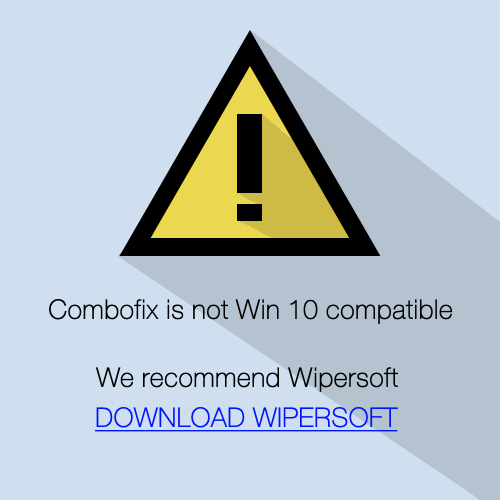You turn on your pc every day to copy some files, browse the internet or check your emails. You think of your computer skills as a second nature and don’t bother to dig deeper since “regular people know enough to do what they need”. You don’t need to be a geek to benefit from that extra Easter egg in your windows usage. Here is a list of a few things you might not know about windows 7:
1. In Windows 7 you can rename several files at once!
Try it! You know you want to try it! Create a few dummy files now. Done? Now follow these instructions:
– Select those files either by clicking each file while holding the Ctrl key or by clicking the first and the last files while holding the Shift key.
– Release your mouse and key and, as most of you would know, all the files will be selected.
– Now comes the fun part! Press F2 and type in whatever name you want
– Press Enter on your keyboard.
You will notice that all your selected files have been renamed to the name you chose followed by a number. Such a handy trick if you have a bunch of photos from your digital cam that have random names. It’s much easier to sort them out when they have names like “graduation party(1)” and “graduation party(2)”.
2. In Windows 7 you can create a recovery flash drive for your password!
Your annoying nephew is coming to town. You don’t usually use a password for your account, but you remember how many times you had to format your PC because of him. You decide to set up a password, and in a rush use the first word that pops into your mind. The disaster is averted, nephew is gone, but now you can’t remember your password. That wouldn’t have happened if you had a recovery disk.
– Make sure your USB flash drive is plugged into your system and functioning.
– Go to Start> Control Panel.
– In control panel window click User Accounts and Family Safety.
– Now click User Accounts.
– One of the quick links in the left panel will be create a password reset disk.
– Once you click that, a wizard window will pop up.
– Click Next and choose the disk you want to use for this purpose.
– Click “Next” and type in your current password. Click Next and the process will create your reset disk.
– Click finish and voila!
3. That useless “Windows” or “Start” key on your keyboard.
Maybe it’s not useless after all! These shortcuts are intuitive andpretty easy to remember. Try this now: Hold down the Windows or Start key on your keyboard (usually next to your left alt key) and without releasing it it, press any Arrow key on your keyboard to experiment. Here is a quick list of these shortcuts:
– +: Maximize.
– +: Restore (If the window is originally maximized).
– +: Minimize (If the window is originally restored).
– +: Dock window to the right half of the screen.
– +: Dock window to the left half of the screen.
You have probably found out that pressing the right (or left) arrow multiple times while holding the Windows key will toggle between dock right, dock left, and restore. How cool is that?
There you have it. A few more tricks up your sleeve. There is nothing wrong with wanting to increase your productivity even if you’re not a purebred geek.
